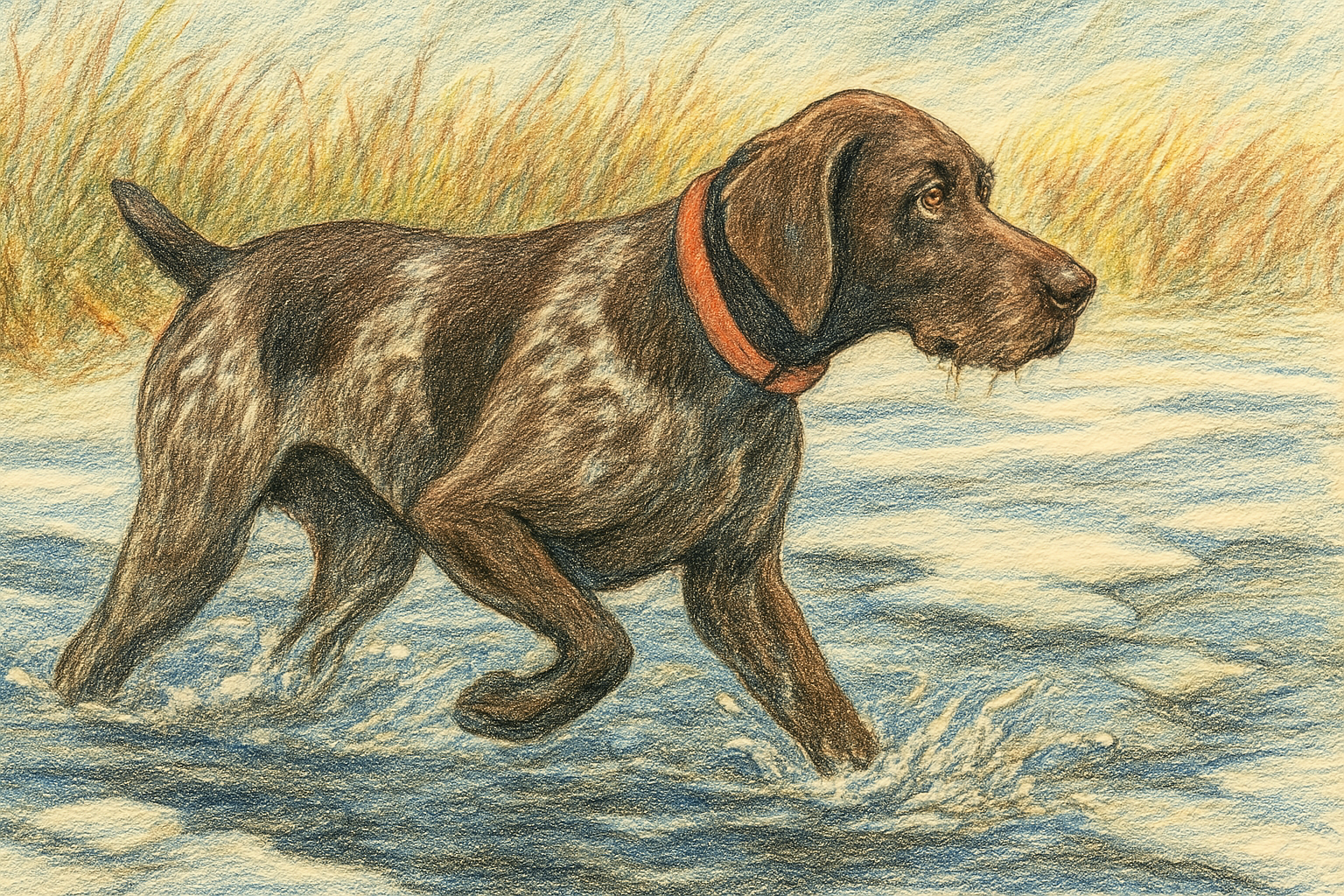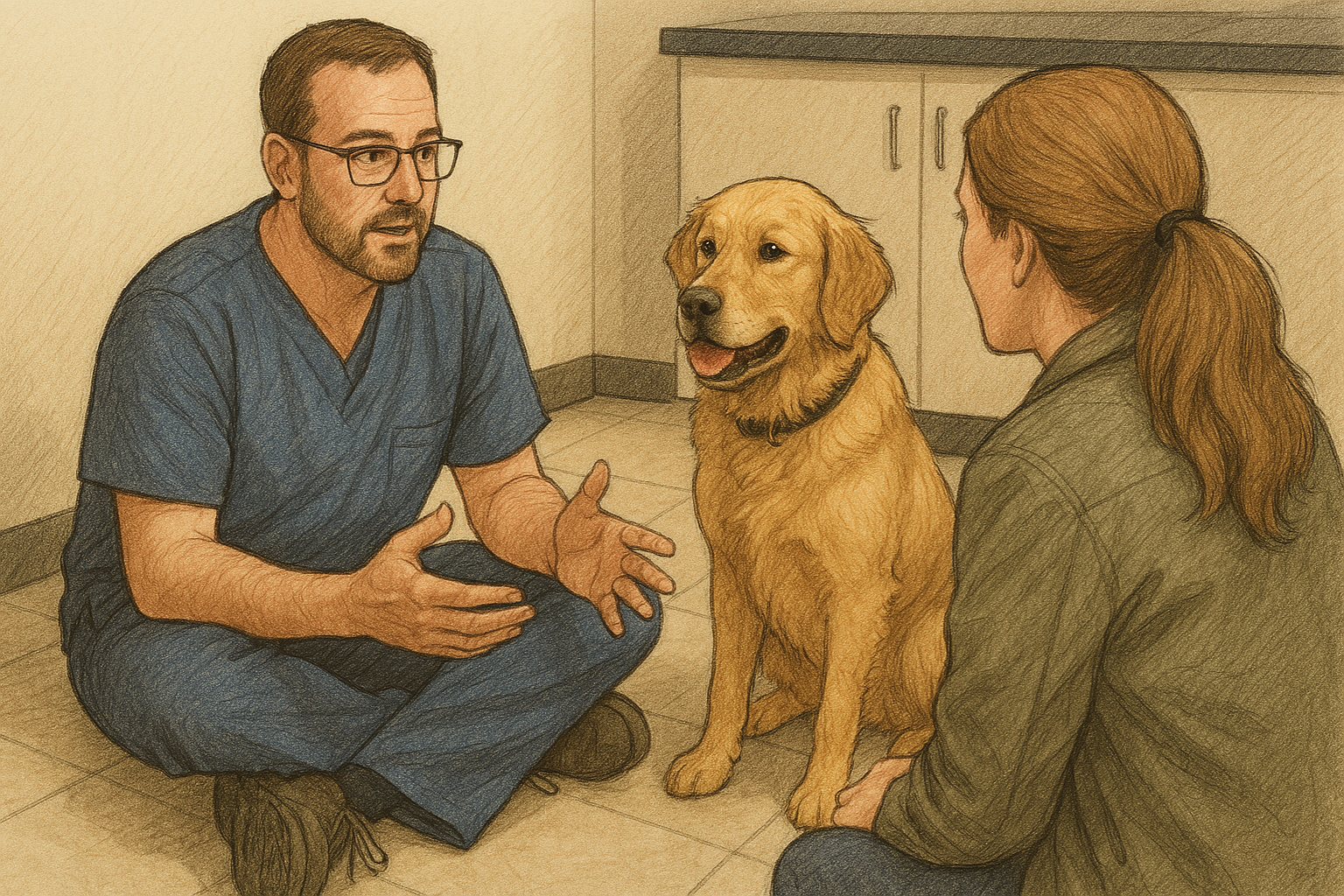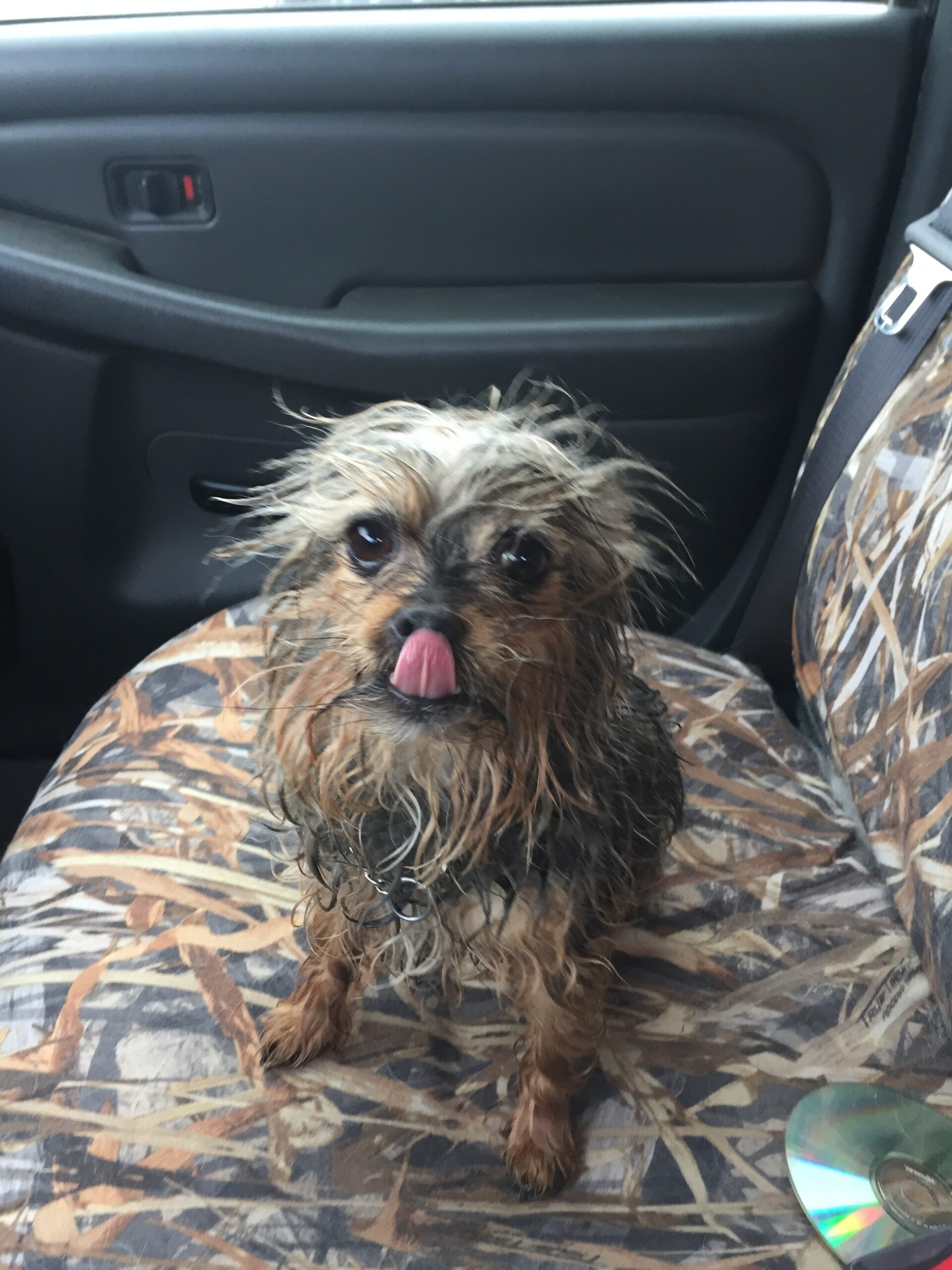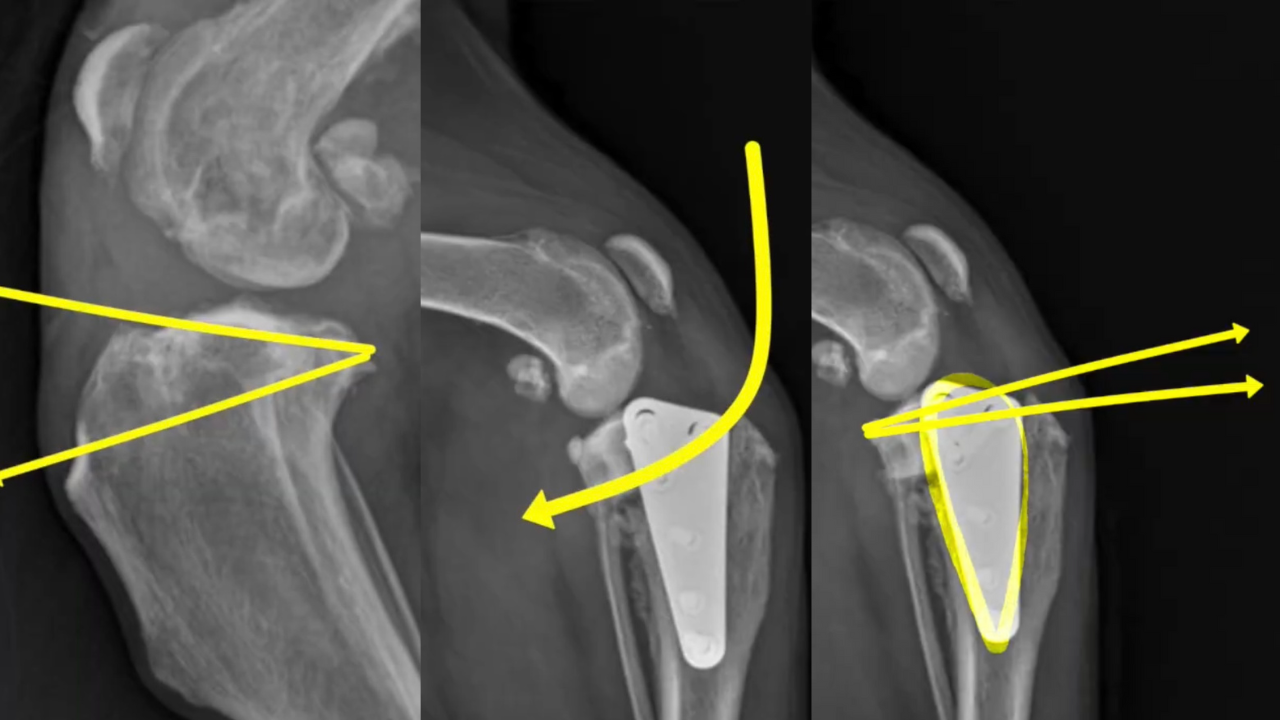One of the most common questions I get asked about hunting dogs is whether to leave the dewclaws on a pup or remove them. Early in my career, virtually every well-bred hunting dog I saw in practice had them removed. Honestly, if a hunting breed came in with its dewclaws intact, it often signaled a dog from a lower-end breeder.
Around 15–20 years ago, we started to see a shift, with some breeders leaving them on. Initially, this seemed more common in dogs with European origins or ties, as many European countries have laws prohibiting elective procedures like dewclaw removal, tail docking, and ear cropping.
The shift toward keeping dewclaws gained traction when an article written by a sports medicine veterinary specialist—active in the agility world—began circulating. The article had the tone of a scientific paper, and many, including some veterinarians, misconstrued it as one. It discussed the anatomy of the dewclaw and its relation to the carpus (the dog’s wrist), raising concerns that removing dewclaws could contribute to carpal instability and arthritis.
The key point to understand is that this article was an opinion piece, not a research-driven scientific study.
As more people opted to leave dewclaws intact, additional non-scientific “evidence” started appearing on social media. Videos of dogs using their dewclaws to regain footing on ice or making sharp turns in slow motion were touted as proof that hunting dogs needed their dewclaws. Today, I’d say the number of hunting dogs with and without dewclaws is about evenly split.
The Case for Dewclaw Removal
The primary argument for removing dewclaws is injury prevention. Since the dewclaw doesn’t make regular contact with the ground, it can snag on objects and tear. In some athletic dogs, such as sled dogs, dewclaws are removed to make it easier to fit boots. Interestingly, if dewclaw removal caused carpal arthritis, we’d expect to see high rates of arthritis in sled dogs—but that’s simply not the case.
What Does the Science Say?
The reality is that we don’t have solid, peer-reviewed research proving either the benefits or drawbacks of dewclaw removal. While the dog getting out of ice example, the videos are convincing; however, they aren’t proof but rather anecdotal evidence. With the ice situation, to truly evaluate it, you’d need to place a group of dogs with dewclaws and a group of dogs without, into those situations and then evaluate the ability, time, etc. for that dog to get out of the ice. The data exists—we have populations of dogs that could provide valuable insights—but the studies simply haven’t been conducted. Research funding is difficult to secure, and given current challenges, studies on topics with relatively low impact on overall canine health are even lower on the priority list. While this is information we’d all love to have, it will take a unique set of circumstances to get the research done.
My Perspective
Without definitive research, we have to rely on educated opinions. My experience in practice mirrors what I’ve seen with my own dogs—some have had dewclaws removed, others have kept them—and I’ve treated carpal injuries in dogs both with and without dewclaws, including my own. In my opinion, the high-speed, uneven-terrain activities we engage in with hunting dogs predispose them to carpal issues, regardless of dewclaw status.
Perhaps there are canine sports where dewclaws offer a protective benefit, but that hasn’t been my experience with hunting dogs.
Personally, I don’t see this as a black-and-white issue. I’ve owned dogs with and without dewclaws, and I don’t think there’s enough evidence to make dewclaws a deciding factor when choosing a breeder. What I do look for is a breeder who has a well-reasoned opinion—whether they choose to leave the dewclaws or remove them—as it shows they are making conscious decisions in their breeding program.
When Not to Remove Dewclaws
One area where I do have a firm stance is removing dewclaws once a dog is more than a few days old—I strongly advise against it. Early in my career, it was somewhat common to remove dewclaws during a spay or neuter, typically around six to eight months of age. These surgeries rarely went smoothly. Removing dewclaws at that age is an involved procedure in an area with little excess skin, and the dogs are highly active, which complicates healing.
More often than not, these procedures led to delayed healing and noticeable scars. When hunting season rolled around, those scars would get banged up, leading to wounds, infections, or both—the very problems owners were trying to prevent by removing the dewclaws in the first place. It didn’t take me long to start recommending against removal later in life.
What Would I Do?
If I were making the decision today for a litter of pups I bred, I’d probably lean toward leaving the dewclaws. Not because I think they are highly functional or because removing them causes arthritis, but simply because, in my experience, dogs with dewclaws haven’t had the injury issues in the covers I hunt.
In my region, the vast majority of dewclaw injuries I see are caused by nails that are too long. If I were breeding dogs for different terrains—such as heavy cover or densely wooded areas—my answer might be different.
The Takeaway
At the end of the day, we don’t have a definitive answer to the dewclaw question. There are plenty of opinions, but until proper research is conducted, there’s no clear-cut right or wrong choice. Whether you leave them or remove them, I think both options are reasonable



